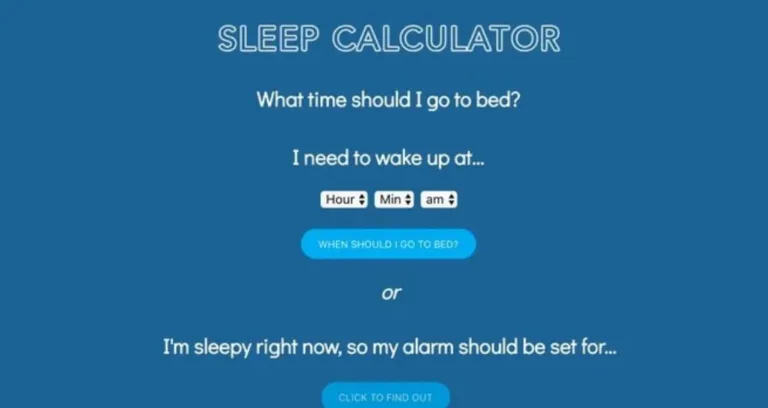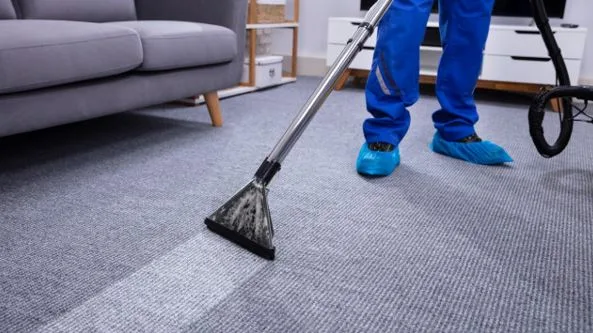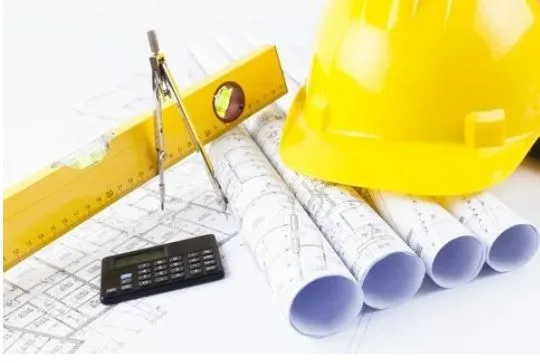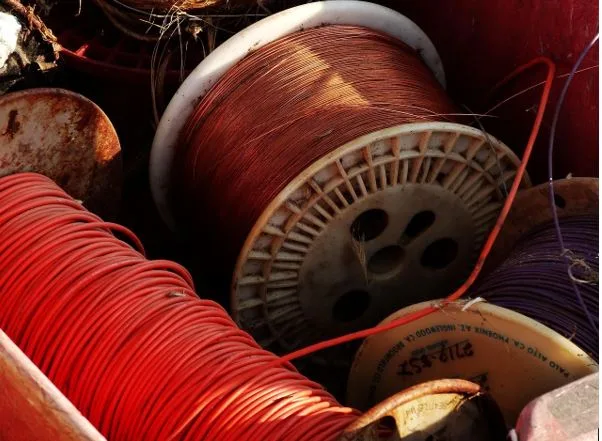Why You Should Consider an Accessory Dwelling Unit on Your Property
Ever wish you had more space on your property? Perhaps you’ve dreamed of having some kind of guesthouse for visitors, a rare home office to unwind from the daily chaos, or even a rental apartment that would provide some passive income. If any of those ideas have crossed your mind, you are definitely not alone in considering them. More and more homeowners find amazing benefits in building an accessory dwelling unit (ADU) on their property. Such spaces are very versatile, practical, and can meaningfully transform the way you live, in addition to serving as an appraisal uplift to your property.
In this write-up, we’ll discuss why having an ADU could be among the better things you ever do for your living.. All avenues of options in creating more living space or gaining rental income are put forward to be considered by you. Furthermore, we share with you some useful pointers to give your ideas a start. Shall we get started?
What Exactly Is an Accessory Dwelling Unit?
Before we get into the benefits, let’s make sure we’re on the same page about what an ADU actually is. An accessory dwelling unit is a secondary living space on your property that can be either attached to your main house or detached as a standalone structure. You might have heard them called granny flats, in-law units, or backyard cottages—different names, but the idea is the same. ADUs typically have kitchens, bathrooms, and living areas, permitting them to be used as separate living spaces.
Whatever the situation may be, parents can stay in such a unit, provide one for their adult children unable to hold down their own place, or simply offer their own retreat away from the full house—all of which a versatile ADU can provide.
Top Reasons for Adding an ADU to Your Property
Now that you know what an ADU is, let’s talk about some reasons to consider building one. Here are some of the best benefits: Create Additional Living Space
A very obvious benefit of creating an ADU must be added space. An ADU would be great to provide accommodation for a visitor who is out-of-town, a private activity area for a family member, or simply a quiet nook for oneself. Imagine working quietly from home, painting your masterpiece in your personal studio, or just pumping iron in your own gym—without having to set foot outside your property. The possibilities are endless, and the best part is that you can design this space for your very requirements.
Generate Rental Income
Renting an ADU can provide much needed supplementary income. Since affordable housing is in high demand, especially in urban centers, ADUs offer one of the best choices for a renter. Whether you decide to price it on Airbnb for short-term stays or for longer leases, the revenues will act as a mortgage payment or go towards further improvements on your house. The upside of this rental, however, is that since the property is on your land, you will have more say in who rents it and how it is used.
Increase Your Property’s Value
Building an ADU on your property is one of those truly long-term investments, and beyond the immediate advantages. Quite a few studies have found that homes with ADU have the chance to increase property value greatly—sometimes by a near 20% to 30% value uplift. Especially in areas where housing is highly demanded. So, it is great to think of extra space you can enjoy now with an enhanced resale value down the line.
Flexibility to Changing Requirements
Life always has surprises, and the living situation might change as time goes on. Maybe the kids would require a place to stay after they leave college, or maybe the parents will want to move closer to their kids with old age. That is, an ADU gives you the ability to adapt these changes without moving or making crazy changes, one day it can be used as a guest house, another day it could be rented out, and later still, it could be used as an apartment for aging in place. The versatility of an ADU makes it important.
Sustainability
Smaller living spaces such as ADUs tend to be more energy-efficient than larger homes and, thus, in a way, contribute to lessening one’s overall environmental imprint. Many eco ADU situated with solar panels, energy-efficient appliances, and sustainable materials. If you are keen on a greener lifestyle, the ADU really presents the best opportunity for supporting sustainability on your property along with having the extra space.
Tips for Building Your ADU
If an ADU on your property has been sold, you will probably want to know where to start. Here are some practical tips for getting on with it:
Check Local Zoning Laws and Regulations
Before you get too far into planning, make sure to research the rules that apply locally. This is because zoning laws can vary for ADUs depending on where you live; therefore, to start with, be sure you know the requirements in your city or town. For example, if you want a home addition in Bellevue, you must be aware of the permitting process and any restrictions on size, placement, or design. Local experts or city planners could be useful in guiding you through these regulations and avoiding any unexpected obstacles.
Set a Realistic Budget
Aside from being an investment, the cost of building an ADU can fluctuate depending on a number of considerations, such as size, materials, and location. On average, a cost of between $100,000 and $300,000 will apply, but a lot of it depends on the individual job. To get an idea of what you may expect, contact several contractors for construction quotes. These contractors will fully explain the costs involved to you and help you identify areas for potential savings. Permits, utilities, landscaping- remember to include these additional costs.
Purposeful Design
So, think about the design of the ADU: your KW should reflect present and future design decisions. Do you want a cozy one-room studio for the guests, or do you want a larger unit with more rooms for the family? For rental or family use, ensure that there are considerations of a practical nature-like natural light, storage, and accessibility-that would maximize comfort and utility for everyone. Having an architect or designer on your side would help you create a layout that maximizes the available space and fits well with your primary residence.
Select the Right Location
When it comes to putting in your ADU, location is just as much a factor as sizing and design. If you have a particularly large backyard area, a detached unit will be a good choice. Should space be constrained, however, an attached ADU or conversion of a garage might suit better. Consider the flow with which the front will work on your property, whether it will rob you of privacy or asking out areas. Finding access to utility networks, such as water, electricity, and sewage, can also affect the price and complexity of the construction project.
Engage Experienced Professionals
Building an ADU can be a major undertaking, certainly not something you want to attempt alone. Hiring well-qualified construction contractors is imperative to ensuring safety, effective working, and occupational standards compliance. Make sure your contractors have actually done ADUs since they will be aware of the peculiar challenges and requirements these projects entail. Ask for references or look up reviews online for extra assurance that you are hiring a reputable work party.
Ready to Explore the Possibilities?
Adding an accessory dwelling unit to your property is just about the ultimate flexibility, income, or putting in some capital appreciation. Depending on whether the need is for extra living space, housing family members, or an investment, an ADU could very well be the answer.
If you are in the next phase of your project, then, of course, you research local regulations and contact professionals to advise you. With a little planning and selecting a reputable team of contractors, your new space will be in use very soon.






